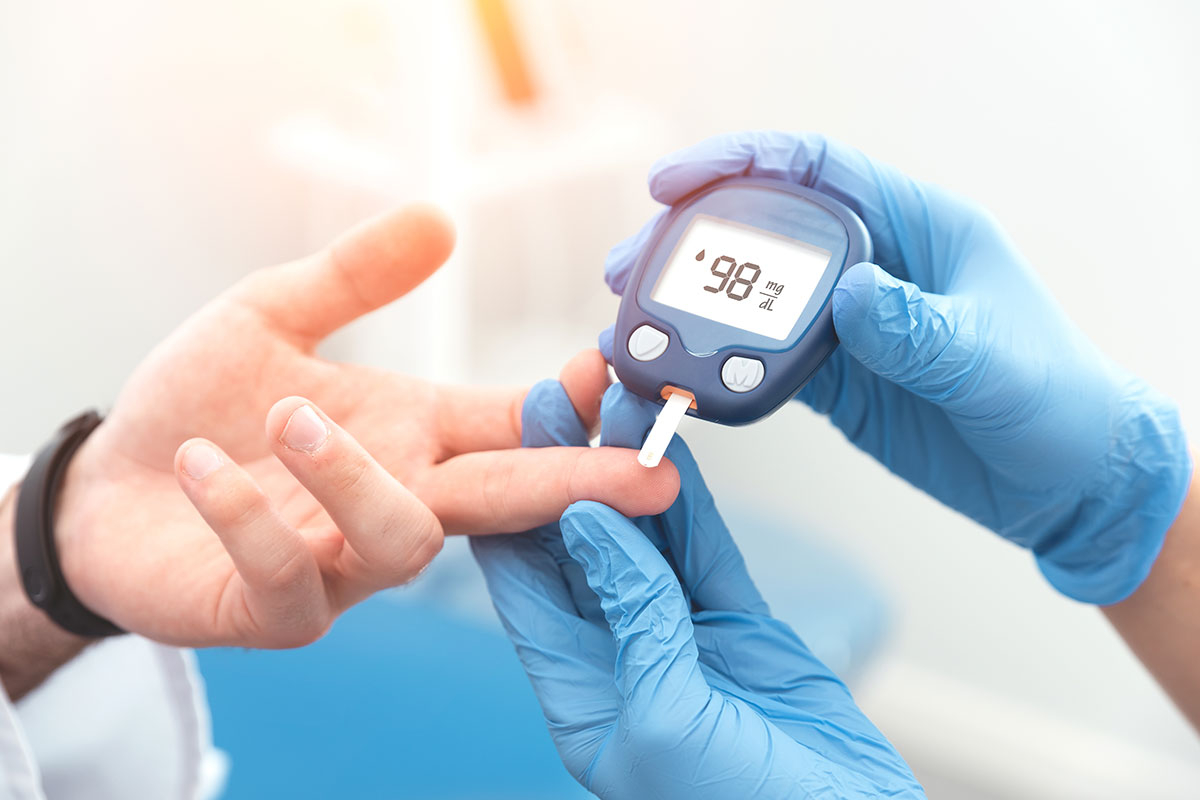Diabetes: Understanding the Causes, Symptoms, Diagnosis, and Types of Treatment
Diabetes is a chronic disease that affects millions of people worldwide. It is characterized by the body's inability to effectively regulate blood glucose levels. Let's explore the causes, symptoms, diagnosis, and different types of treatment for diabetes, as well as address frequently asked questions and debunk some myths.
Causes of Diabetes
Diabetes can be caused by various factors, depending on the type. In the case of type 1 diabetes, the immune system attacks the beta cells of the pancreas, which are responsible for producing insulin. The exact cause of this autoimmune attack is still unknown, but it is believed that genetic and environmental factors, such as viral infections, play a significant role.
Type 2 diabetes, on the other hand, is usually caused by a combination of insulin resistance and inadequate insulin production by the pancreas. Factors such as obesity, sedentary lifestyle, poor diet, and genetic predisposition significantly increase the risk of developing this form of the disease. Gestational diabetes occurs during pregnancy and is caused by hormonal changes that affect insulin action.
Symptoms of Diabetes
The symptoms of type 1 diabetes usually manifest rapidly and can include excessive thirst, frequent urination, intense hunger, unexplained weight loss, fatigue, and blurred vision. If left untreated, type 1 diabetes can lead to severe complications, such as diabetic ketoacidosis, which is a potentially fatal condition.
The symptoms of type 2 diabetes tend to develop more slowly and can be subtler. In addition to symptoms similar to type 1 diabetes, they may include frequent infections, slow healing of wounds, and tingling in the hands and feet. Many people with type 2 diabetes may not exhibit symptoms initially, making early diagnosis essential for preventing long-term complications.
Diagnosis of Diabetes
The diagnosis of diabetes is made through blood tests that measure glucose levels. The fasting glucose test, oral glucose tolerance test, and hemoglobin A1c test (HbA1c) are the most common methods. The hemoglobin A1c test provides an average of blood glucose levels over the past two to three months and is a reliable indicator of glycemic control.
In addition to laboratory tests, the patient's medical history and symptoms are evaluated for an accurate diagnosis. In some cases, additional tests, such as measuring autoantibodies, may be performed to differentiate between type 1 and type 2 diabetes. Early diagnosis is crucial for effective disease management and complication prevention.
Types of Treatment for Diabetes
The treatment of diabetes depends on the type and severity of the disease. For type 1 diabetes, insulin administration is essential. Patients need to regularly monitor their blood glucose levels and adjust their insulin doses accordingly. Insulin therapy can be administered via injections or insulin pumps.
For type 2 diabetes, treatment may include lifestyle changes such as a healthy diet and regular physical exercise. Oral medications, such as metformin, are often prescribed to help control blood glucose levels. In more advanced cases, insulin or other injectable medications may be necessary. Regular glucose monitoring and adherence to treatment are fundamental for disease control.
Frequently Asked Questions
1. Is diabetes curable?
Currently, there is no cure for diabetes. However, the disease can be successfully managed with appropriate treatment, lifestyle changes, and regular monitoring.
2. Do people with type 2 diabetes always need to take insulin?
Not everyone with type 2 diabetes needs insulin. Many can control blood glucose with diet, exercise, and oral medications. Insulin is used when these methods are not sufficient.
3. Is diabetes hereditary?
Genetic predisposition plays a role in diabetes, especially type 2. However, environmental and lifestyle factors are also very important in the development of the disease.
4. What is diabetic ketoacidosis?
Diabetic ketoacidosis is a severe complication of type 1 diabetes, characterized by very high blood glucose levels and the presence of ketones in the blood and urine. It requires immediate medical treatment.
5. What is the difference between type 1 and type 2 diabetes?
Type 1 diabetes is an autoimmune condition where the body does not produce insulin. Type 2 diabetes is characterized by insulin resistance and insufficient insulin production. Type 1 usually manifests in childhood or adolescence, while type 2 is more common in adults.
Myths and Truths
Myth 1: "Eating too much sugar causes diabetes"
While a diet high in sugar can contribute to obesity, which is a risk factor for type 2 diabetes, sugar consumption alone does not cause diabetes. The disease results from a combination of genetic and lifestyle factors.
Myth 2: "People with diabetes cannot eat carbohydrates"
People with diabetes can consume carbohydrates but should monitor the amount and choose healthy sources, such as whole grains, fruits, and vegetables. Managing carbohydrate intake is essential for controlling blood glucose levels.
Truth 1: "Physical exercise is important for diabetes control"
Regular physical exercise helps control blood glucose levels, improves insulin sensitivity, and contributes to overall health. It is an essential part of managing both type 1 and type 2 diabetes.
Truth 2: "Diabetes can lead to serious complications if not treated"
If not treated properly, diabetes can lead to severe complications such as heart disease, nerve damage, kidney problems, and vision loss. Strict control of blood glucose levels is crucial for preventing these complications.
Myth 3: "Insulin is addictive"
Insulin is an essential treatment for people with type 1 diabetes and some with type 2. It is not addictive and does not cause dependency in a negative sense. It is necessary for controlling blood glucose levels.
